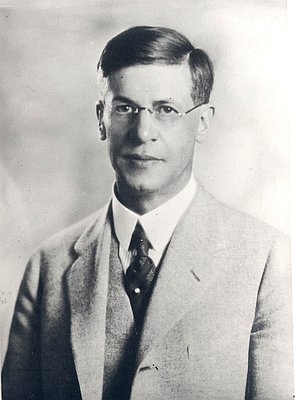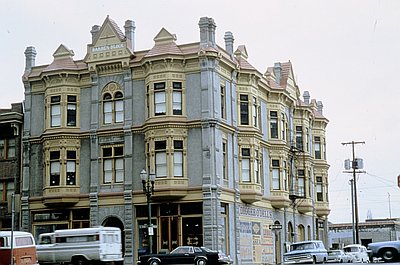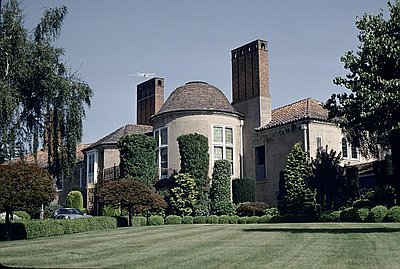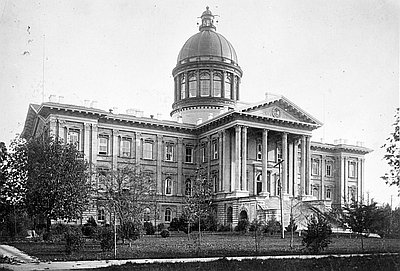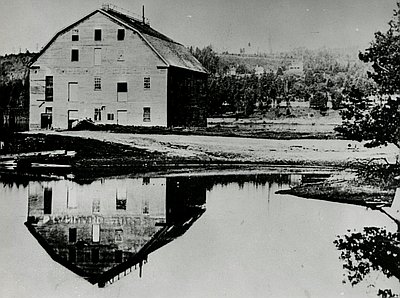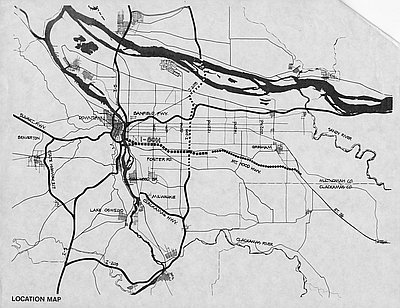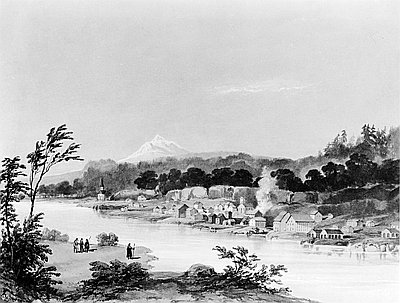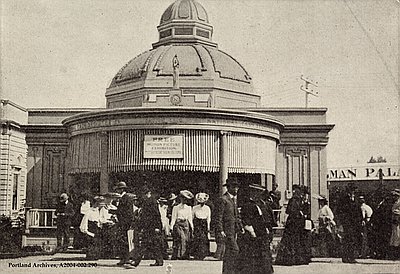Val Ballestrem
Val Ballestrem is a public historian and the education manager for the Bosco-Milligan Foundation/Architectural Heritage Center in Portland. A life-long Oregonian, he has a master’s degree in western U.S. history and public history from Portland State University.
Author's Entries
-
![Albert E. Doyle (1877-1928)]()
Albert E. Doyle (1877-1928)
Albert Ernest Doyle was one of Portland’s most successful early twentieth-century architects. During his career, he designed or oversaw the design of dozens of buildings in the Pacific Northwest, most of them in Portland. Many of his works are listed in the National Register of Historic Places, including …
Oregon Encyclopedia
-
![Barber Block (Portland)]()
Barber Block (Portland)
Located on the main commercial street in what was once the city of East Portland, the Barber Block has survived more than a century to become one of southeast Portland’s most significant and recognizable historic buildings. The three-story Barber Block, located at 532 Southeast Grand Avenue in Portland, was …
Oregon Encyclopedia
-
![Herman Brookman (1891-1973)]()
Herman Brookman (1891-1973)
With a career that spanned more than fifty years, architect Herman Brookman designed several landmark buildings in the Portland area from the 1920s to the 1950s. His work has long been recognized as much for its artistry as for its design quality. Born in 1891 in New York City, Brookman …
Oregon Encyclopedia
-
![Justus Krumbein (1847-1907)]()
Justus Krumbein (1847-1907)
Justus F. Krumbein was a prominent architect in Portland and the Willamette Valley from 1871 until his death in 1907. His work included designs for many significant commercial and residential buildings and the second state capitol in Salem. Born near Hamburg, Germany, in 1847, Krumbein received formal architectural training at …
Oregon Encyclopedia
-
![Milwaukie]()
Milwaukie
Located at the northern edge of Clackamas County and on the east bank of the Willamette River, Milwaukie is at the confluence of Kellogg Creek, Johnson Creek, and the Willamette River. Milwaukie began as an agricultural and shipping settlement in the mid-nineteenth century, but since World War …
Oregon Encyclopedia
-
Mount Hood Freeway
The Mount Hood Freeway, if constructed, would have passed through southeast Portland, from the Marquam Bridge at the Willamette River to about S.E. 122nd Avenue. Changes in political leadership coupled with new federal environmental legislation and grass-roots opposition prevented the freeway's approval and construction. The Oregon State Highway Department …
Oregon Encyclopedia
-
![Oregon City]()
Oregon City
Oregon City was the first incorporated city west of the Rocky Mountains and a main terminus of the Oregon Trail. Its historic center is along the east bank of the Willamette River, at the base of Willamette Falls. Oregon City is the seat of Clackamas County government …
Oregon Encyclopedia
-
Reuse and Restore Movement in Portland
The repurposing and reuse of buildings in Portland have their roots in the earliest days of the city, but it was not until after World War II that the practice of building renovation and conservation grew into a movement. By the 1940s, a market for used building materials developed that …
Oregon Encyclopedia




